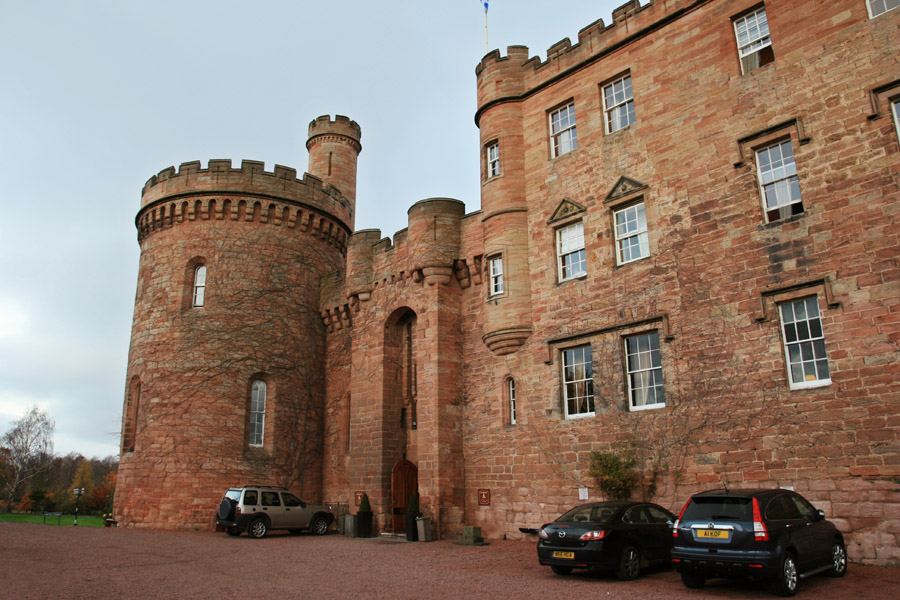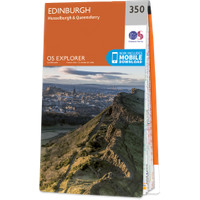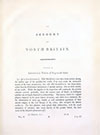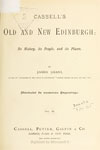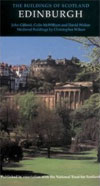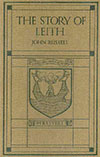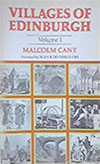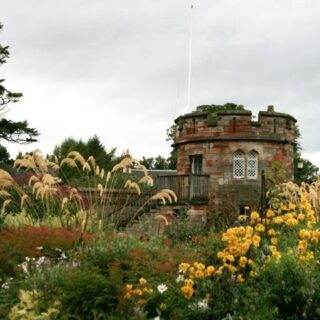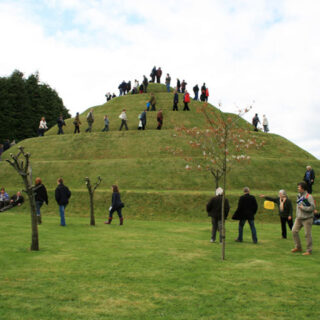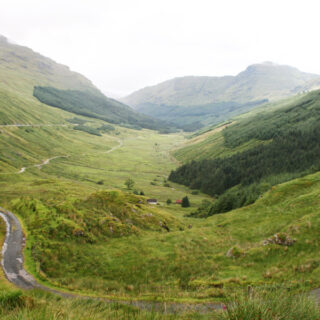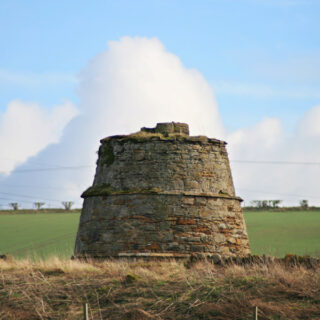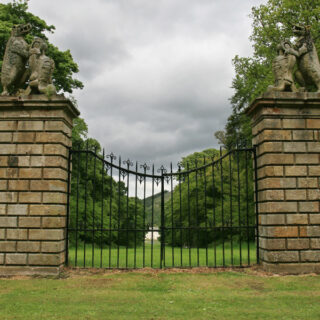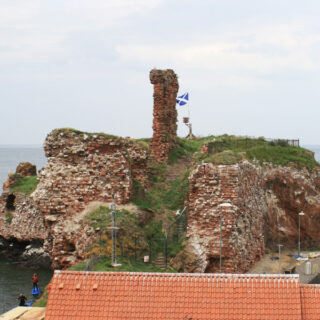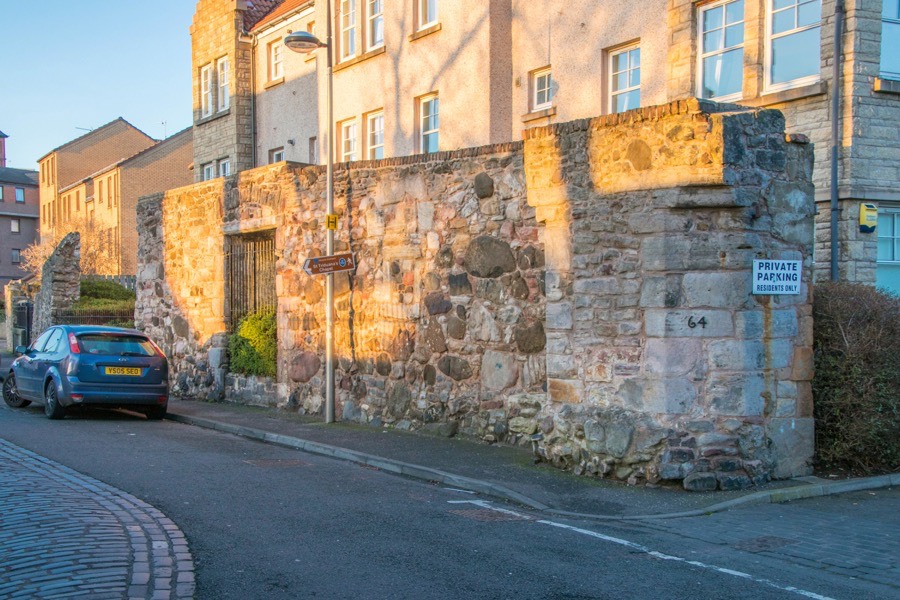

In the north east suburbs of Edinburgh, between Leith and Portobello, are the 16th century walls and gateway of the old Deanery of Restalrig. The name Habb’s Castle has become associated with the site, although little is known about what this refers to.
In John Russell’s “The Story of Leith”, published in 1922, he states that Habb’s Castle stood “in still earlier centuries” where the Deanery once existed but gives no further information. The site is very close to Craigentinny Castle and Lochend Castle.
There has been a parish church at Restalrig since at least 1178, and a character named Edward is described as the chaplain and priest of Restalrig in the late 12th century. Persons named Philip and Alan are referred to as the chaplain of Restalrig in the first quarter of the 13th century, a Sir Baldred is described as the late rector of the church of Restalrig in the mid to late 13th century and an Adam is described as the parson of Restalrig while swearing fealty to Edward I of England in 1296.
St. Triduana’s Aisle, named after an 8th century saint who spent the end of her life at Restalrig, already existed by 1477 but the church was rebuilt in 1487 by James III as the collegiate church of the Deanery of Restalrig, also known as the Collegiate Kirk of the Holy Trinity and St. Mary. John Fraser was made the first Dean of Restalrig, his position being confirmed in documents from 1492 and 1497.
In October 1511 James IV confirmed a grant to Thomas Dibson (Gibson?) of two acres of land to the south of the church, with an annual rent of thirty six shillings to be paid to John Logan of Restalrig. Patrick Covyntre was Dean of Restalrig in February 1516 when he was one of the Scottish ambassadors sent to England. Covyntre was succeeded by William Gibson, son of Thomas Gibson of Durie, some time between 1524 and 1526.
John Sinclair, the fourth son of Sir Oliver Sinclair of Roslin and uncle of Sir George Lauder of the Bass, was Dean of Restalrig from 1542 to 1566. He would conduct the marriage ceremony of Mary Queen of Scots and Lord Darnley in 1565.
During the siege of Leith in 1560 the commander of the English army, Lord Grey, based himself in the Deanery at Restalrig, and as the siege dragged on Elizabeth I of England hinted that he must be finding the Deanery “a very sweet lodging”.
At some point in the 16th century Sir William Kirkcaldy of Grange hung a royal tapestry from Edinburgh Castle on the wall in the Deanery.
Thomas Randolph, Elizabeth I’s ambassador in Scotland, and Sir William Drury, the English statesman and soldier, stayed at the Deanery in April 1572 during the conflict following the abdication of Mary, Queen of Scots. Drury plotted with Archibald Douglas to kidnap George Seton, 7th Lord Seton, from the shore at Leith although the plan failed when Douglas was arrested.
Thomas Douglas of Clapperton became Dean of Restalrig, succeeding James Lauder of the Bass, George Lauder’s brother, who was murdered in 1580. George Ramsay was Dean of Restalrig in 1592 when the legal dissolution of the Deanery took place (having been ordered in 1560), it being split between Lasswade and Dalkeith. The church across the road was destroyed at this time, but the fate of the Deanery itself is unknown.
The rubble-built walls of the Deanery are thought to be 16th century in date, but may in fact be older given the likely age of the Deanery itself. One stretch of the west wall remains standing, with a large entrance opening at the south end flanked by gateposts.
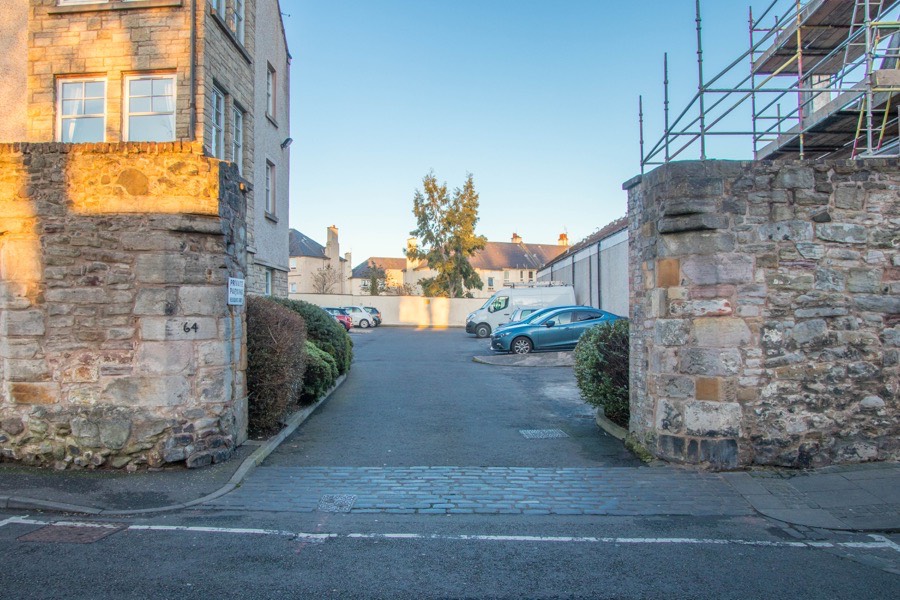
The northernmost gatepost has two angled corners from which a square upper section is corbelled out, giving the impression perhaps of having once supported a small square room or battlement. The height of the walls have been lowered at some point in history and are now topped off with a modern brick course.
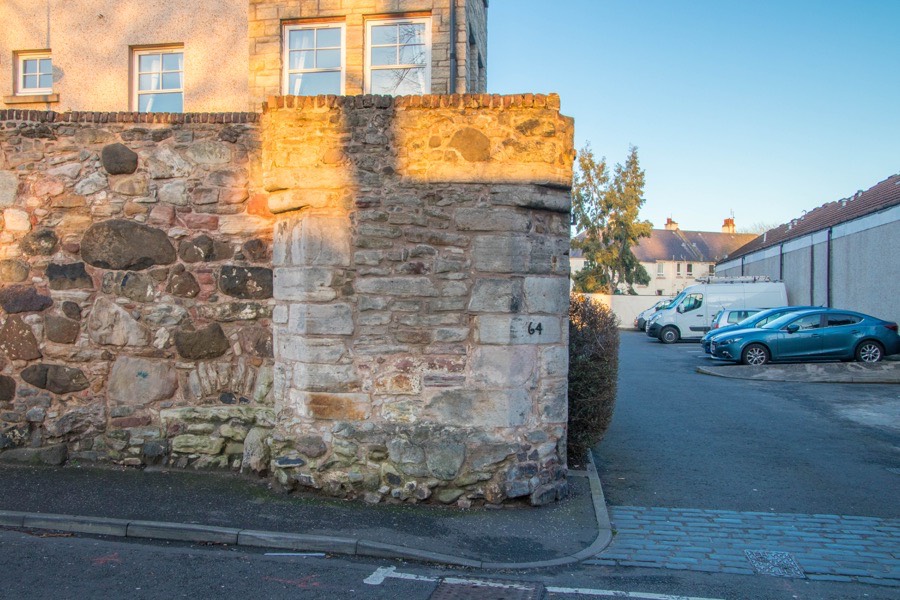
Its more southerly neighbour only has one angled corner, with the wall to the south possibly having been rebuilt flush at a later date.
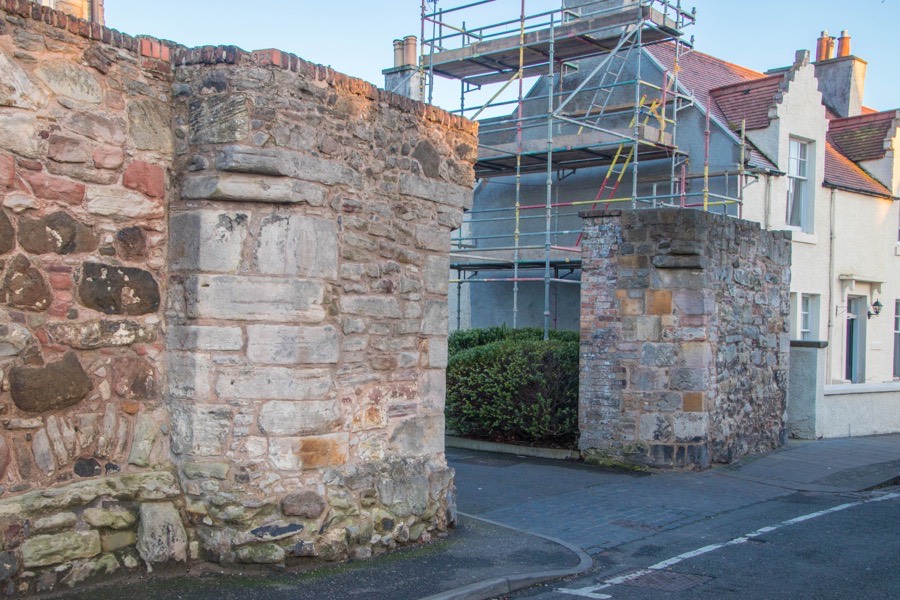
Further north along the wall is a second opening, now blocked off with modern steel gates.
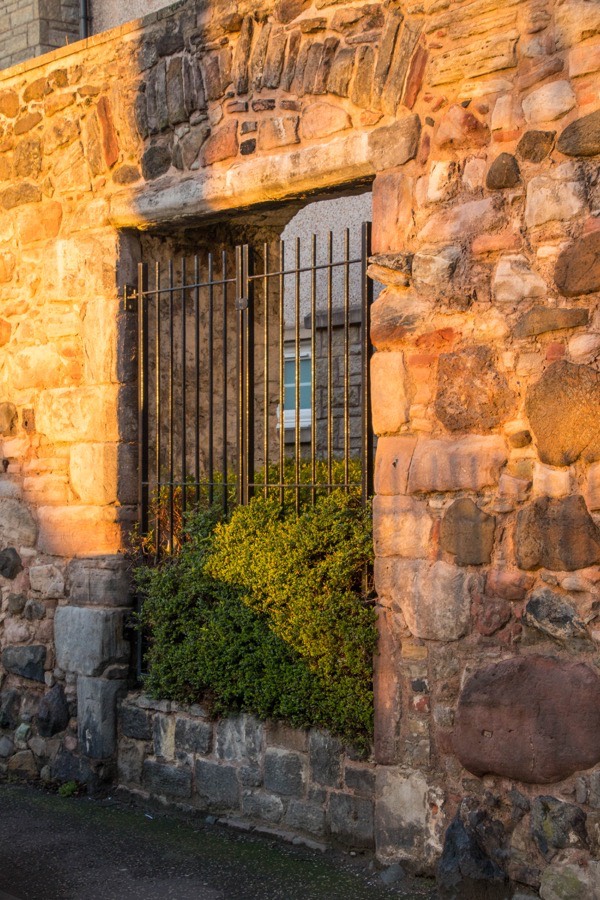
Looking at the rear of this opening reveals that it is considerably thicker than the walls leading away from it.
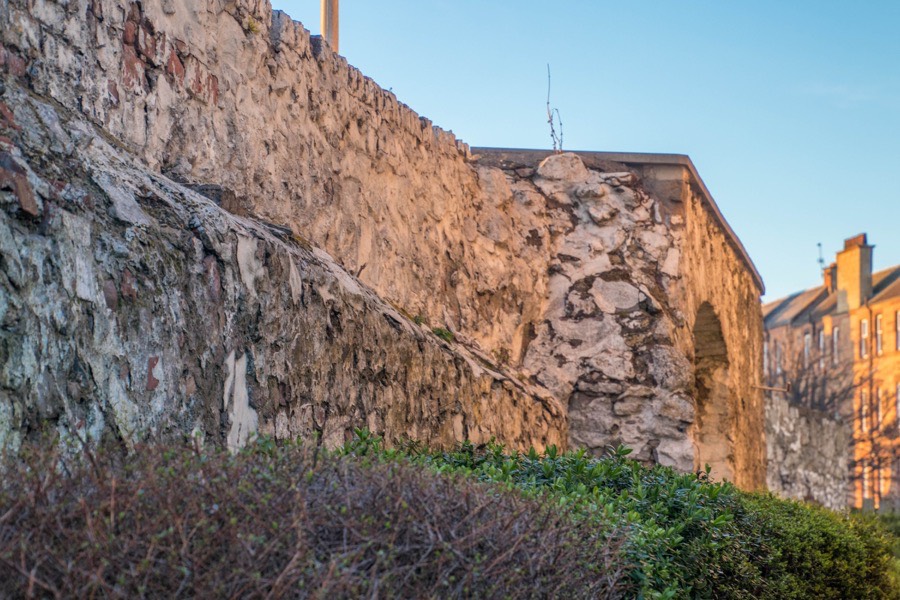
Between the two entrances is a blocked up small window opening.
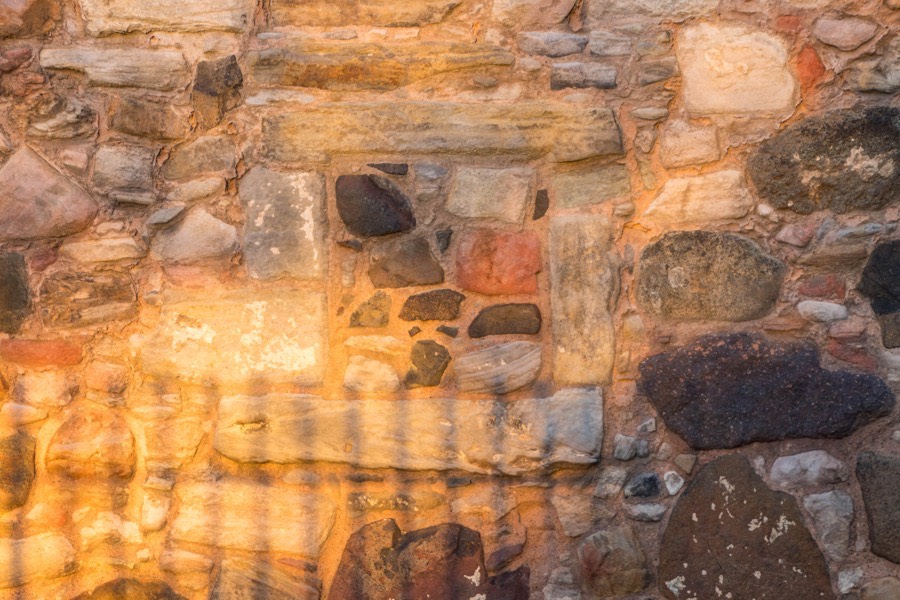
Nothing seems to be known of the form the Deanery building took, however it is entirely possible that it was fortified in some way since at that time Restalrig was an isolated village well outside the safety of Edinburgh’s city walls. Religious foundations sometimes had defensive buildings associated with them, such as at Grange House to the south of Edinburgh for example.
In 1609 the Logan family forfeited their lands following the posthumous sentence of treason conveyed on Robert Logan of Restalrig for his involvement in the Gowrie conspiracy, and Restalrig and Calton, also known as Easter and Wester Restalrig, passed to Sir James Elphinstone, Lord Balmerino. Balmerino however was disgraced when it emerged that he had tricked James VI into signing a letter to Pope Clement VIII, and Restalrig passed to the Nisbet family.
The lands of Restalrig and Calton were combined into the single barony of Calton in 1673. Old maps shed little light on the history of the building and are inconclusive. Adair’s map, published around 1682, shows three substantial buildings and what may be a church alongside the name Restalrige. Two of the buildings have symbols that are used elsewhere to identify castles or tower houses, however Craigentinny Castle isn’t named so it may be represented by one of those symbols with the Deanery perhaps being one of the others.
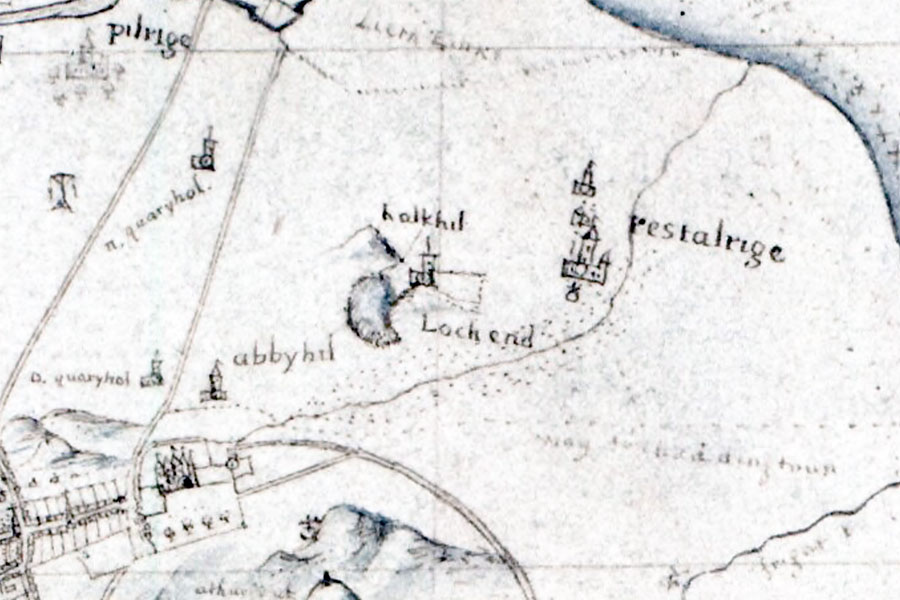
John Adair, c.1682map image courtesy of NLS
A substantial-looking house is shown on the Armstrongs’ map of 1773 across the road from the ruined church suggesting that the Deanery was still in existence, or had been replaced by a new building.
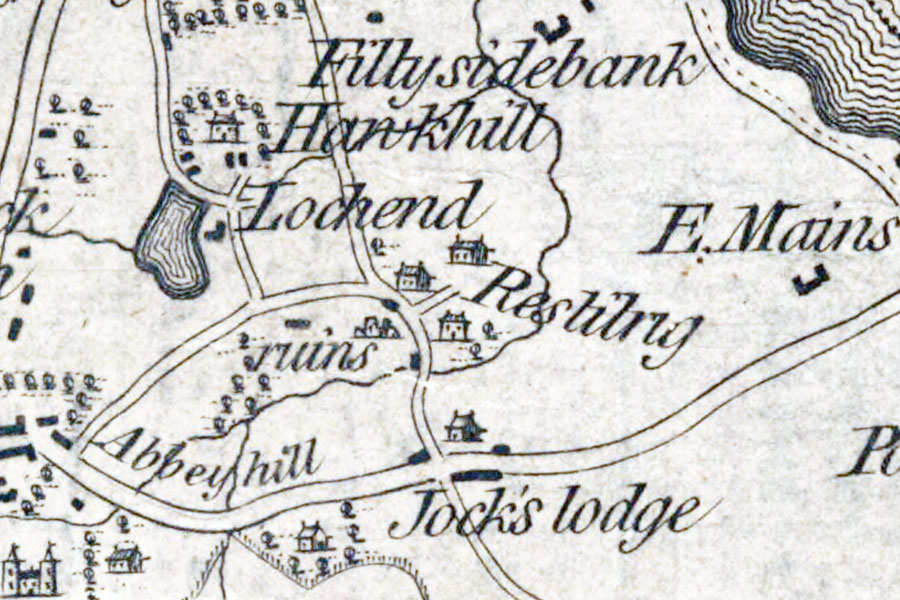
Andrew & Mostyn Armstrong, Edinburgh, 1773map image courtesy of NLS
That building appears to have gone by the time of Knox’s 1816 map of Edinburgh.
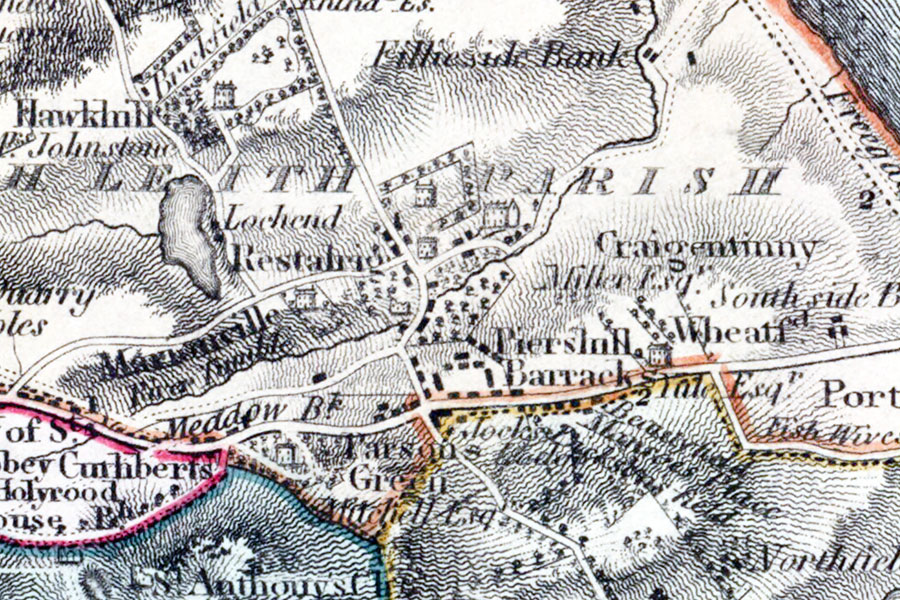
James Knox, Edinburgh, 1816map image courtesy of NLS
The Ordnance Survey surveyed the area in 1852 and there doesn’t seem to be any sign of the Deanery on their map, published in 1853, unless it’s the small square building with a small wing projecting from the south-west corner almost midway between Restalrig Church and Craigentinny House. However this is quite far from the western Deanery Wall and so is perhaps more likely a later building built outside the eastern limit of the Deanery’s grounds.
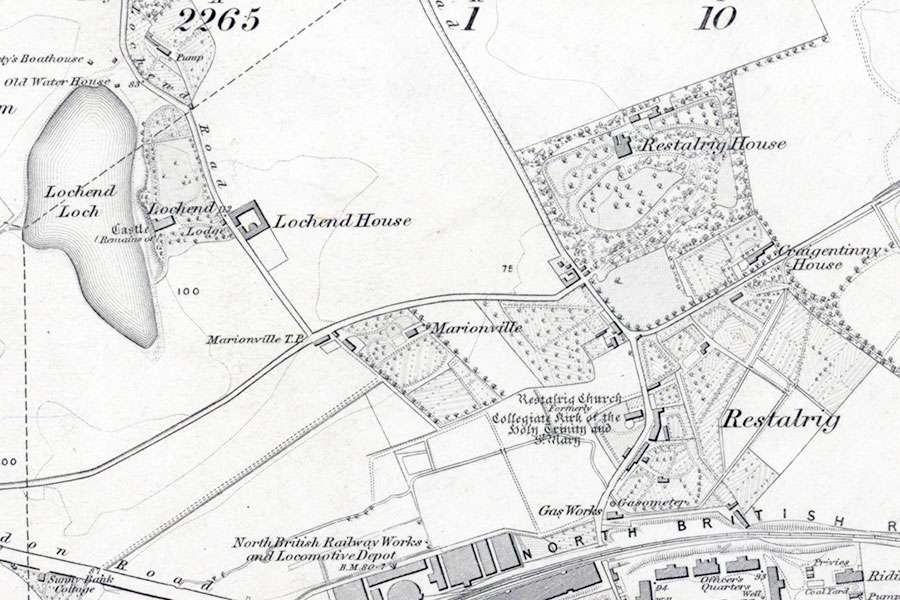
Ordnance Survey, 1853map image courtesy of NLS
The 1896 and 1908 25-inch to the mile Ordnance Survey maps show a Pump and a Well respectively marked a short distance to the north of this building. The building is last seen on the Ordnance Survey map of 1935, as on the 1944 map it has been replaced by a street named Lorning Gardens (now Loganlea Gardens).
Perhaps a more likely location is a short distance immediately past the Deanery wall, in which case the building had probably been completely removed by 1852. On an Ordnance Survey large scale town plan of 1877 a complex of buildings have sprung up around the north, east and south sides of a courtyard, the west side being enclosed by the old Deanery wall.
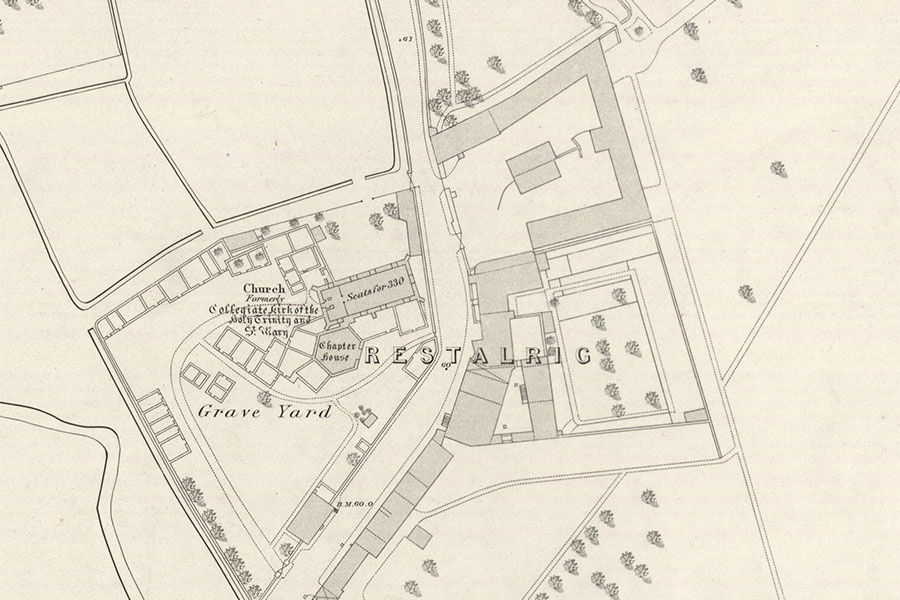
Ordnance Survey, 1877map image courtesy of NLS
John Wood junior is listed in Macdonald’s Scottish directory and gazetteer as running a dairy at Habb’s Castle from 1911 to 1929 (from 1921 the “junior” was dropped and it was listed as Habb’s Castle Dairy). The Kyle Creamery Company Limited, based at Habbs Castle, Restalrig, went into liquidation in December 1927, although it was still listed in Macdonald’s directory for 1928 to 1929.
The whisky company James B. Rintoul (Edinburgh) Limited is listed as being based at Habbs Castle, Restalrig Road South, in November 1953 which may indicate that although Habb’s Castle had long since disappeared the name was retained for the later property.
Unfortunately Russell doesn’t provide any information on Habb’s Castle beyond speculating that the name might be a corruption of Abbot’s Castle. Comparisons might be made with Haggs and Haggs Castle, both in Lanarkshire.
A modern block of flats and associated car park now occupy the site.
Alternative names for Habb's Castle
Deanery of Restalrig; Habbs Castle
Where is Habb's Castle?
Habb's Castle is in the parish of Edinburgh and the county of Midlothian.
Grid reference: NT 28450 74540
Lat / long: 55.958527, -3.147571
